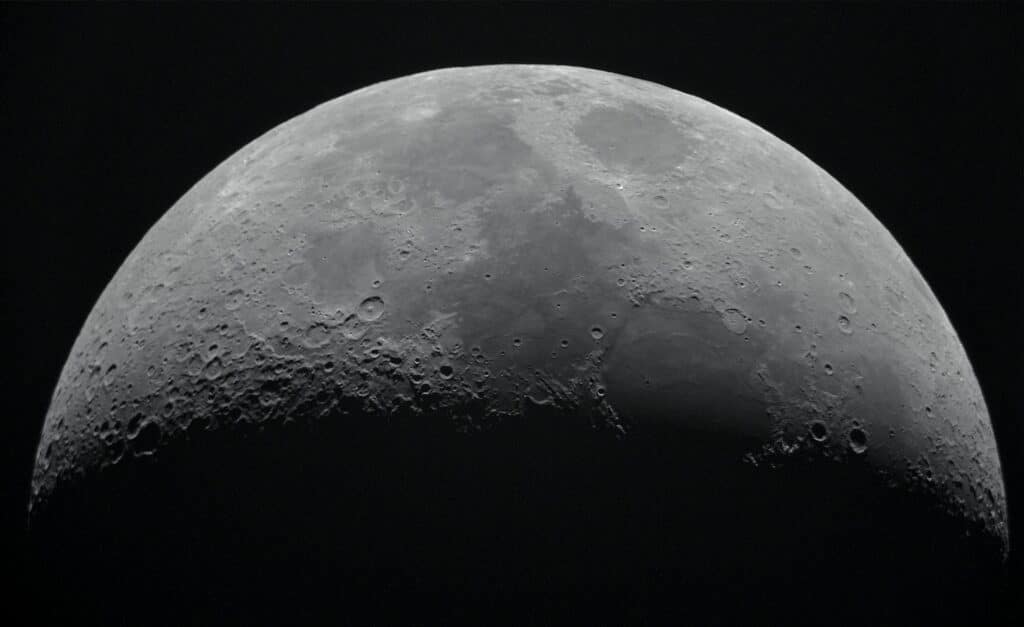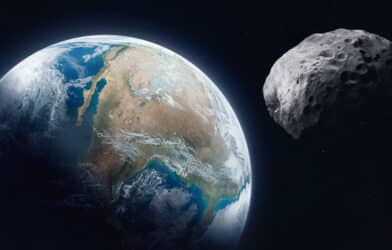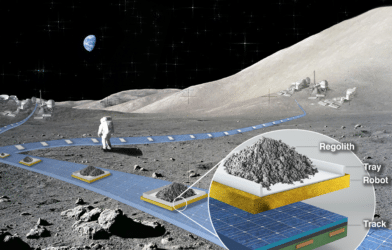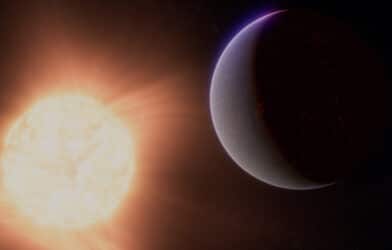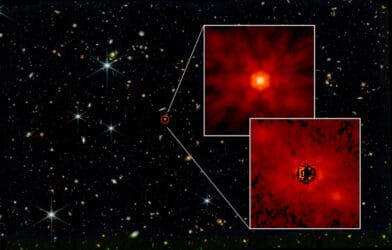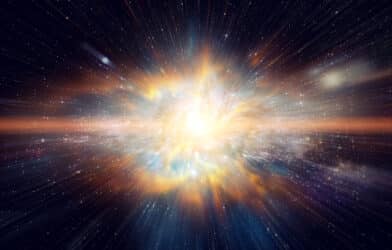Scholars suggest human impacts on the lunar surface must be recognized
Since the USSR’s Luna 2 spacecraft made its mark on the moon on September 13, 1959, the lunar surface has seen over a hundred other spacecraft, including the notable Apollo Lunar Modules by NASA. However, this human interaction with the moon has led to significant changes in its environment, prompting scientists to propose a new geological epoch for the moon: the Lunar Anthropocene.
In their recent publication in Nature Geoscience, University of Kansas anthropologists and geologists, led by postdoctoral researcher Justin Holcomb, suggest that this new epoch began with Luna 2’s landing. “The idea is much the same as the discussion of the Anthropocene on Earth — the exploration of how much humans have impacted our planet,” Holcomb says in a statement.
This concept stems from the recognition of humanity’s profound impact on Earth, leading scientists to debate the exact start of the Anthropocene epoch.
What is the Anthropocene epoch?
The Anthropocene epoch is a proposed geological time period that marks the significant impact of human activity on Earth’s geology and ecosystems. While it is not yet officially recognized by the International Commission on Stratigraphy, the term has gained widespread acceptance in scientific and academic communities.
The Anthropocene is characterized by substantial changes brought about by humans, such as altered landscapes, climate change, biodiversity loss, and significant geological markers like plastic pollution and radioactive elements from nuclear testing. Some scientists suggest the period began at the dawn of agriculture thousands of years ago, while others point to more recent industrial activities, especially post the mid-20th century.
The concept underscores humanity’s profound and potentially irreversible influence on the planet, prompting a reevaluation of our relationship with the Earth’s natural systems. By paralleling the Lunar Anthropocene with the Anthropocene on Earth, researchers like Holcomb draw attention to the similar, significant human impacts on extraterrestrial environments, further extending the scope of this crucial environmental consideration.
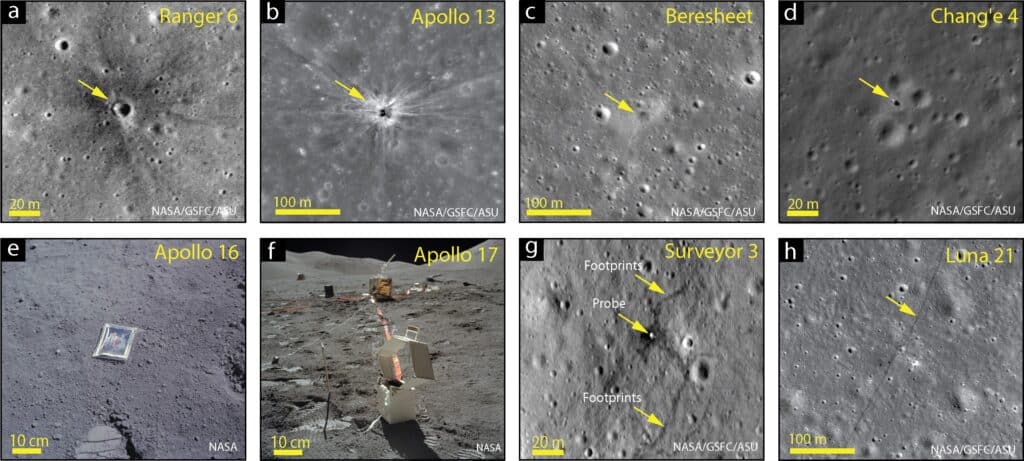
Behold the Lunar Anthropocene
Holcomb, alongside esteemed colleagues Rolfe Mandel and Karl Wegmann, emphasizes the need to acknowledge and mitigate human impact on the moon. He hopes the Lunar Anthropocene concept will challenge the misconception of the moon as an unaltered, static environment. “Cultural processes are starting to outstrip the natural background of geological processes on the moon,” he points out.
The moon’s surface, or regolith, is primarily shaped by meteoroid impacts and mass movements. Yet, human activities like rover movements and landings have significantly disturbed the regolith. “In the context of the new space race, the lunar landscape will be entirely different in 50 years,” Holcomb cautions.
The team also highlights the lack of “Leave No Trace” principles on the moon. Discarded objects from human missions, including spacecraft components, scientific equipment, and even personal items, litter the lunar surface. These items, while seeming insignificant, have the potential to harm the moon’s delicate exosphere and its ice reserves.
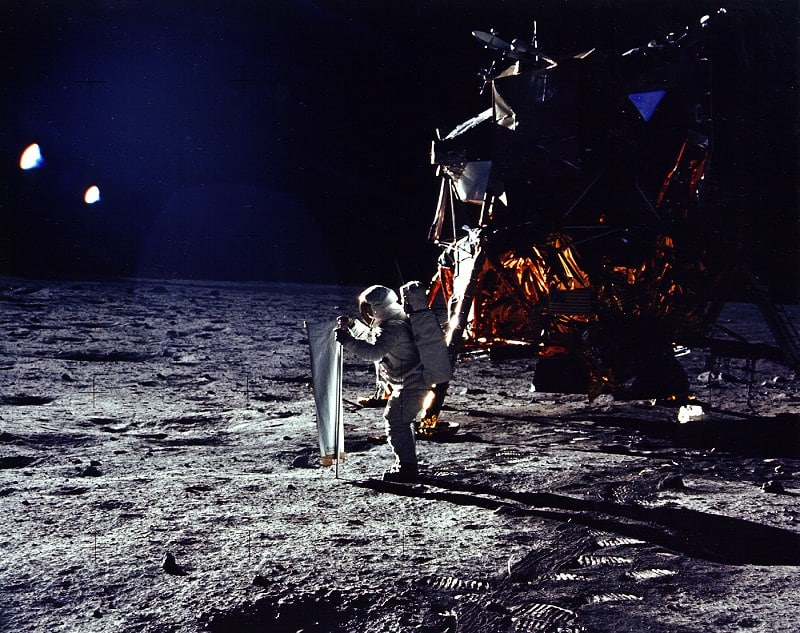
‘Space Heritage’ protections needed
Another crucial aspect raised by Holcomb and his colleagues is the preservation of lunar sites with historical and anthropological value. Currently, these sites lack legal or policy protections, making them vulnerable to disturbances from future missions.
“We know that while the Moon does not have an atmosphere or magnetosphere, it does have a delicate exosphere composed of dust and gas, as well as ice inside permanently shadowed areas, and both are susceptible to exhaust gas propagation,” the authors write. “Future missions must consider mitigating deleterious effects on lunar environments.”
Holcomb suggests that a new field of “space heritage” could help preserve artifacts on the moon, such as rovers and footprints. He likens these footprints to “an extension of humanity’s journey out of Africa,” underscoring their importance in the narrative of human evolution and progress.
Ultimately, the introduction of the Lunar Anthropocene epoch is a call to action. It seeks to raise awareness about human impact on the moon and the importance of preserving its environment and historical artifacts.
